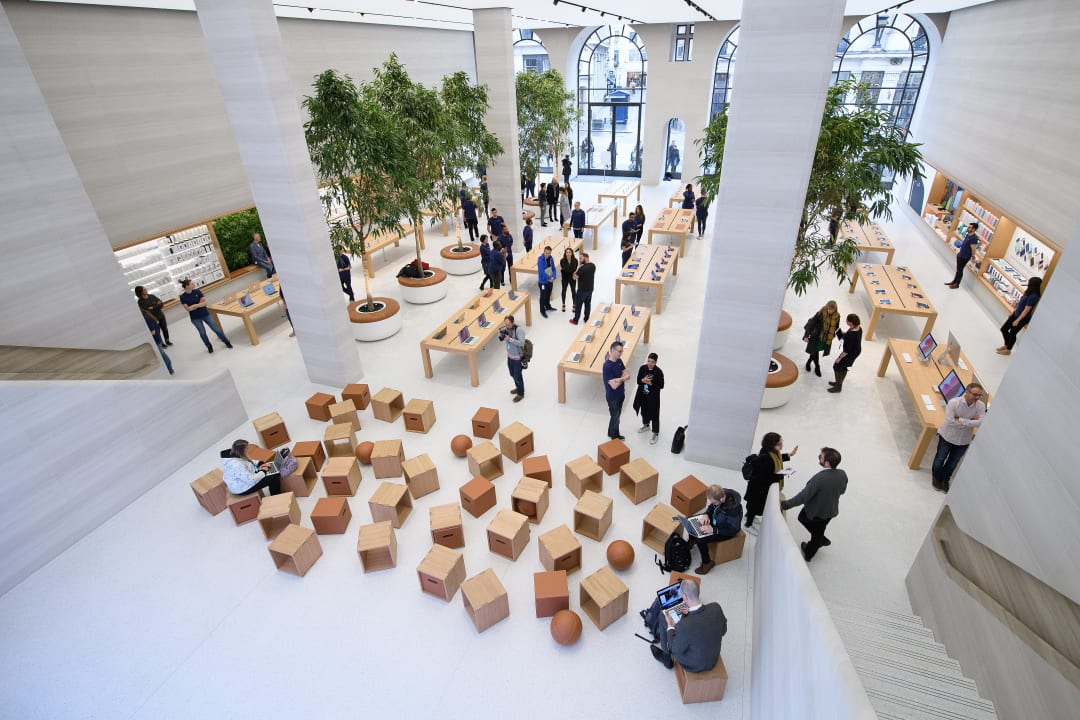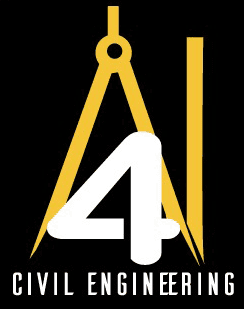 Three winning strategies for smart building designToday a growing number of architects recognize the advantage of winning more work through smart building design. According to the 2021 Hinge Report,* nearly half of architects surveyed cited smart buildings as a topic they plan to research in the coming year. Smart buildings use automation to optimize processes that occur inside a building, such as heating and cooling, security, lighting, ventilation, water usage, and more. This can benefit the environment, the building tenants, and the businesses that own the facilities.
Three winning strategies for smart building designToday a growing number of architects recognize the advantage of winning more work through smart building design. According to the 2021 Hinge Report,* nearly half of architects surveyed cited smart buildings as a topic they plan to research in the coming year. Smart buildings use automation to optimize processes that occur inside a building, such as heating and cooling, security, lighting, ventilation, water usage, and more. This can benefit the environment, the building tenants, and the businesses that own the facilities.More often than not, architects and engineers are being urged to look to the future and consider changes to help protect the environment and build more sustainably. This includes buildings that are being designed to be more sustainable, ecofriendly, and smarter. From small offices to a large university campus, buildings are classified as smart if they use technology to enhance building operations.
Here are three strategies you can use to incorporate smart buildings into your next design specifications:
1. Smart building tips. Smart building planning encompasses six key areas: connectivity, health and well-being, safety, power and energy, cybersecurity, and sustainability. While there are many details to work out during the planning phase, here are some quick tips to consider in each area:
Smart lighting – Sensors can detect and trigger the control of lighting and can mimic the natural light progression of daylight. Brighter lights after lunch may be used to help workers focus, and soft lights in hospitals can help patients relax. An intelligent system can also shut off lights when employees have left the building.
Air quality monitoring – Buildings can be equipped to monitor and detect harmful air quality and adjust the ventilation if needed. Smart systems can also monitor when filters need to be replaced and have sensors to regulate outdoor air intake, providing the right balance of conditioned air for energy conservation and fresh air for ventilation.
Building security – Technology makes it easier for facilities managers to keep buildings safe. This includes access control systems like badge readers or alerts when certain doors are left open.
Predictive maintenance – Leveraging data, building operators can see indicators of potential problems and take corrective action before systems fail.
Optimized HVAC systems – An optimized system can reduce water flows as well as pump and fan speeds, significantly reducing expenses.
Intelligent parking – Cameras and sensors can detect when parking spots are available and send this information to drivers, directing them where to go.
https://www.civilengineering.ai/three-winning-strategies-for-smart-building-design/

Post a Comment